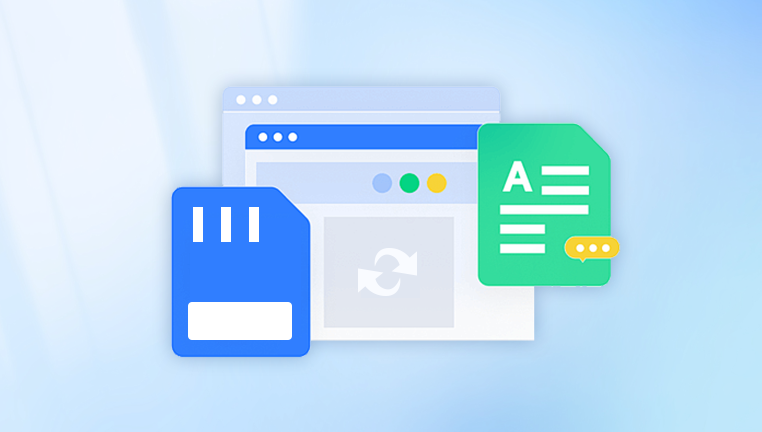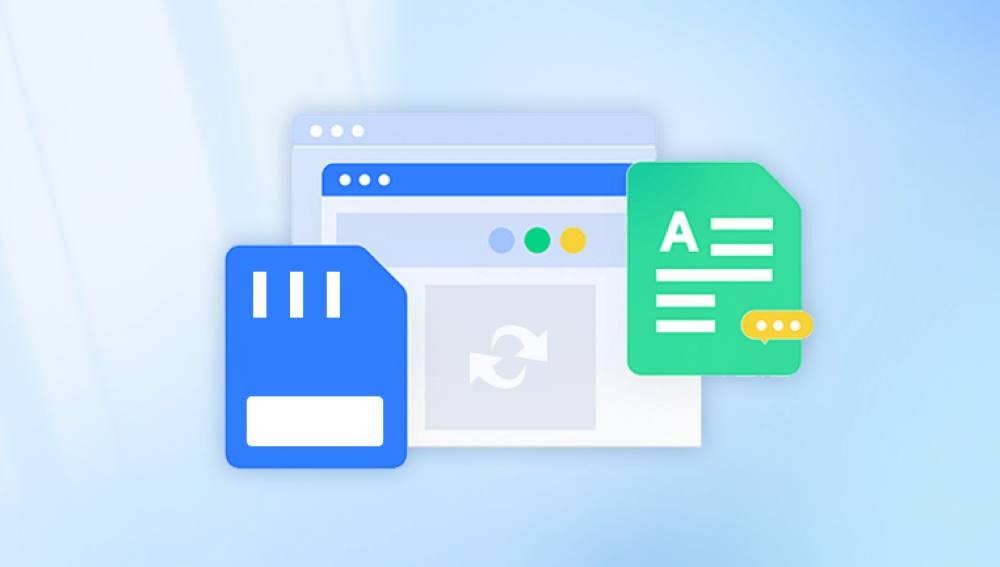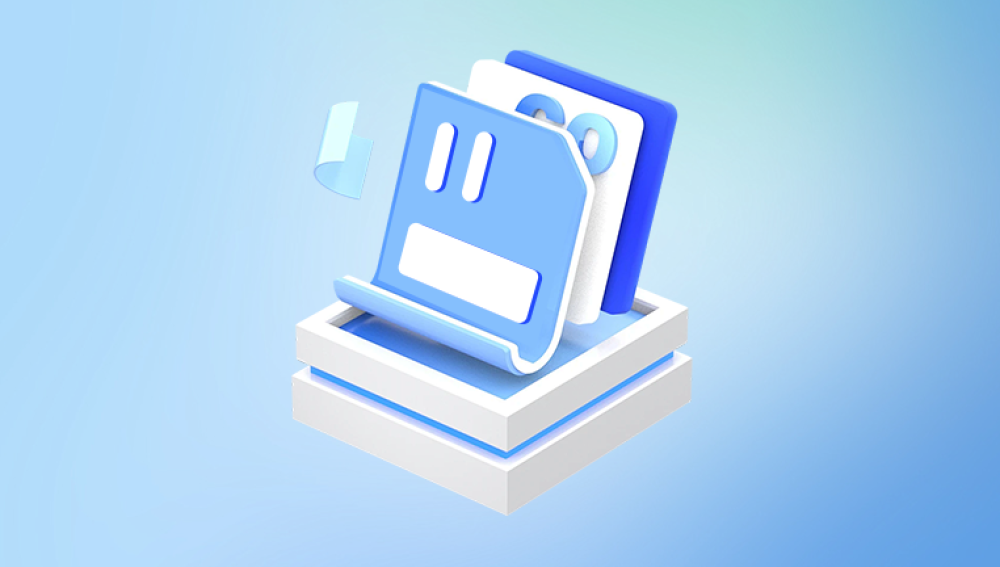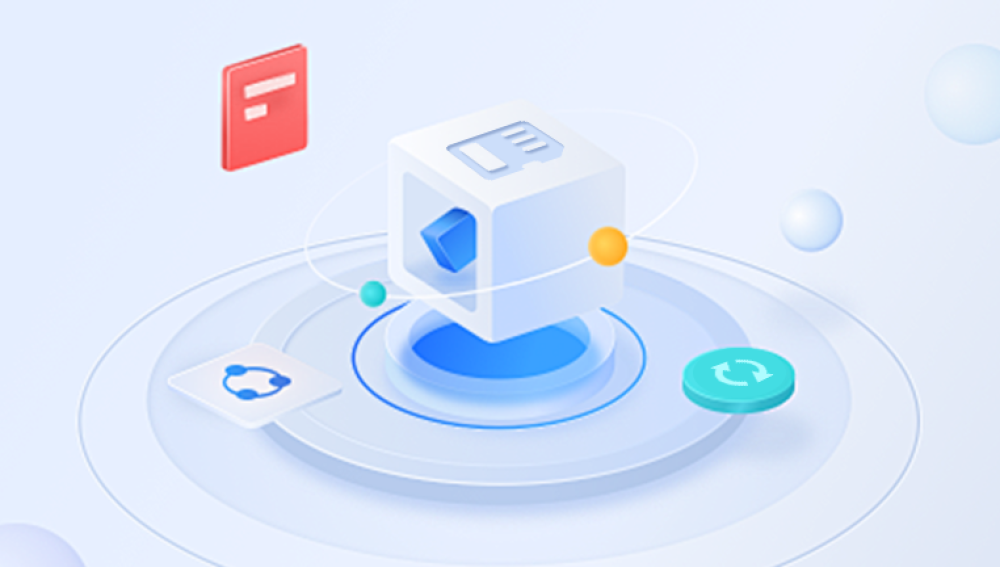When you delete files from an SD card but it still appears to be full, it could be due to various reasons.
1. Check for Hidden Files
Sometimes files might not be deleted but just hidden. To check for hidden files:
Windows:
Open File Explorer.
Go to the SD card.
Click on the "View" tab.
Check the "Hidden items" box.
Mac:
Open Finder.
Go to the SD card.
Press Command + Shift + . to toggle hidden files.

2. Use Disk Management
Windows:
Right-click on "This PC" or "My Computer" and select "Manage."
Click on "Disk Management."
Check the SD card for partitions or unallocated space.
Mac:
Open "Disk Utility."
Check the SD card for partitions or unused space.
3. Check for Corruption
SD cards can sometimes get corrupted, causing them to appear full. To check and fix this:
Windows:
Open Command Prompt as an administrator.
Type chkdsk X: /f (replace X with the SD card drive letter).
Mac:
Open "Disk Utility."
Select the SD card and click "First Aid."
4. Use Recovery Software
Drecov Data Recovery is your ultimate solution for retrieving lost or deleted files from various storage devices. Whether it’s a malfunctioning external hard drive, a corrupted USB drive, or an accidental deletion, our powerful software delves deep into your storage to recover valuable data quickly and efficiently. With a user-friendly interface, Drecov Data Recovery allows both novices and experts to navigate the recovery process seamlessly.
Our advanced scanning technology ensures comprehensive coverage, identifying recoverable files and offering a preview before restoring. The software supports multiple file formats and types, making it versatile for different recovery scenarios. Additionally, Drecov Data Recovery prioritizes data integrity, ensuring that your files are restored in their original quality.
Experience peace of mind with our reliable customer support, guiding you through the recovery process whenever needed. Download Drecov Data Recovery today to safeguard your important documents, cherished photos, and vital data from unexpected loss. Don't let data loss disrupt your life—take control with Drecov Data Recovery and reclaim what’s rightfully yours!
5. Format the SD Card
If you have backed up all necessary files and the SD card still shows as full, formatting it can resolve the issue:
Windows:
Right-click on the SD card drive in File Explorer.
Select "Format."
Choose the file system (usually FAT32 or exFAT for SD cards).
Click "Start."
Mac:
Open "Disk Utility."
Select the SD card.
Click "Erase."
Choose the file system (usually FAT32 or exFAT).
Click "Erase."
Detailed Explanation (2000 words)
1. Understanding Hidden Files and Folders
Hidden files and folders can occupy space on your SD card. These are often system files or remnants of previous deletions that weren't fully erased. By revealing hidden items, you can identify any leftover files that might be consuming space. On Windows, enabling hidden items in File Explorer is straightforward and helps uncover these files. Similarly, on a Mac, toggling hidden files in Finder allows you to see everything on the SD card.
2. Using Disk Management Tools
Disk Management tools in both Windows and Mac OS provide a graphical interface to view and manage all connected storage devices. By accessing these tools, you can identify any partitions or unallocated space on the SD card that might not be visible in regular file explorers. For example, if the SD card is partitioned, some space might be allocated to a hidden partition, thus appearing full despite deleted files.
3. Checking for Corruption
SD card corruption can result from improper ejection, virus attacks, or hardware issues. When an SD card is corrupted, it might not accurately report its available space, leading to situations where it appears full. Using chkdsk on Windows or "First Aid" in Disk Utility on Mac can help identify and fix file system errors, thereby recovering lost space.
4. Formatting the SD Card
Formatting is a last-resort solution when other methods fail to recover space. It completely wipes the SD card, removing all files and restoring it to its original state. This process ensures that any residual data or hidden files are removed. It's crucial to back up all important data before formatting. Choosing the right file system is also essential; FAT32 is widely compatible but has limitations on file size, while exFAT is better suited for larger files and modern devices.
Common Causes of SD Card Issues
Improper Ejection: Always safely eject your SD card to avoid corruption.
Virus or Malware: Keep your devices and SD card free from malicious software.
Physical Damage: Handle SD cards carefully to prevent physical damage.
Prevention Tips
Regular Backups: Regularly back up data from your SD card to avoid data loss.
Proper Ejection: Always use the "eject" option before removing the SD card.
Use Reliable Devices: Ensure your devices and card readers are functioning correctly.




